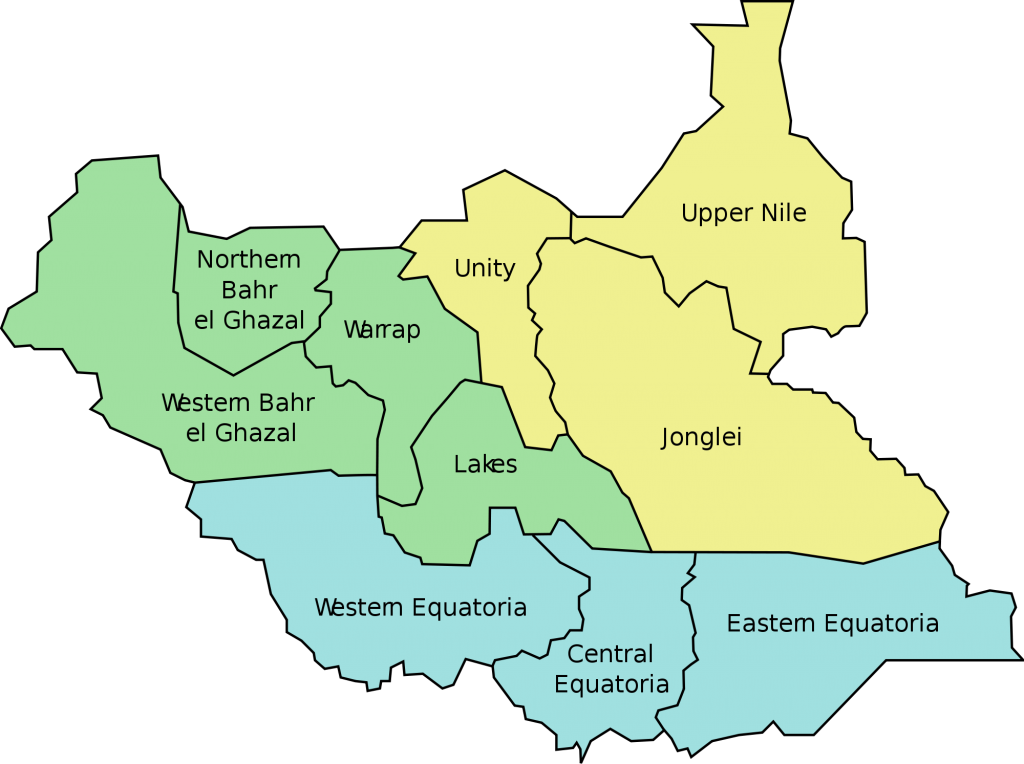SOUTH SUDAN
Our Strategy
We are committed to working with local partner NGOs to increase access to education and healthcare within Aweil East County in Northern Bahr el Ghazal.
We are committed to working with local partner NGOs to increase access to education and healthcare within Aweil East County in Northern Bahr el Ghazal.

Southern Sudan is at a critical juncture. The world’s newest nation currently faces enormous challenges following decades of conflict with the north in which about 2 million people died. Several decades of war, political instability and economic stagnation have conspired to make this region one the poorest and least developed countries in the world. In April 2011 for example, the World Bank and United Nations (2011) revealed that access to water and sanitation is especially limited in Southern Sudan. The population per water point ranges from 1,000 to 64,000, and average water collection journeys in un-served areas are up to 8 hours. With an estimated population of 8,260,490 million (CIA July 2011), Southern Sudan bears an estimated 70 percent of the world’s remaining Guinea Worm disease burden (due to limited access to clean water sources and effective sanitation). In a similar vein, approximately 670,000 under-five children die from preventable diseases every year and one in four children die before turning five: of these deaths, 48% are due to water-related diseases. Furthermore, officials in the health sector in South Sudan have recently revealed that the region has the highest death in maternity (at the rate of 204 per 1,000 birth cases) compared to the rest of the 190+ countries in the world (See: The Upper Nile Times, Nov, 2011). These statistics highlight a clear need for coordinated health and water strategies, and awareness-raising campaigns.
We are also focusing on delivering food supplies for 145,000.00 people, particularly women and children over the next three years. Series of meetings and logistic planning have already ensured between us and local communities and distribution of food items in these rural communities will commence during the last quarter of year 2016.


